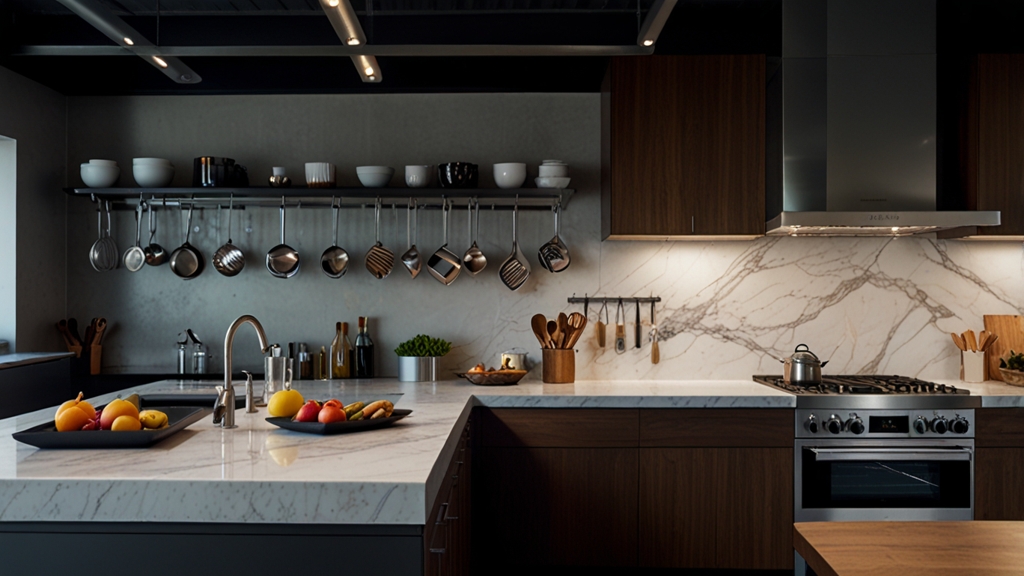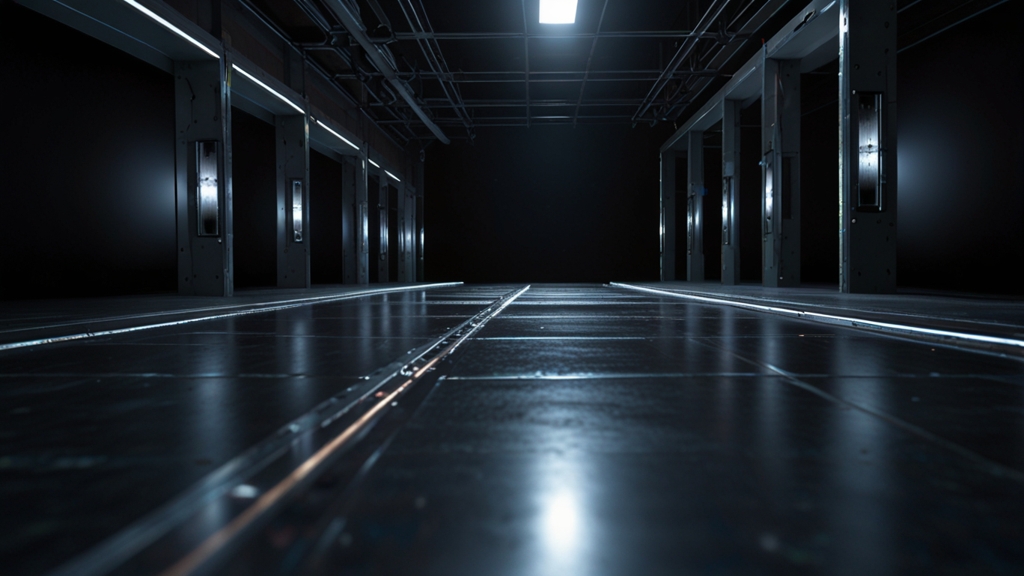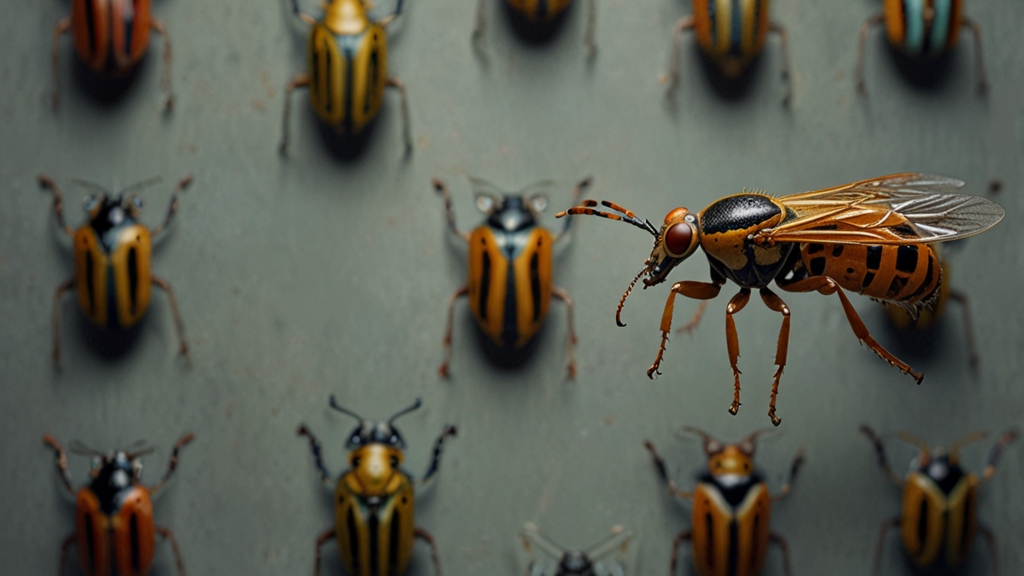The Chemistry of Cooking: Why Your Kitchen is a Laboratory
When you step into your kitchen to prepare a meal, you might think of it as a place to mix ingredients and follow recipes. However, if you dig a little deeper, you'll find that your kitchen operates much like a chemistry laboratory, with chemical reactions occurring every time you cook. Understanding the science behind cooking can elevate your culinary skills and make you appreciate the transformative power of food science.
The Maillard Reaction: The Flavor Creator
One of the most critical chemical reactions in cooking is the Maillard reaction. This reaction occurs when proteins and sugars in food are exposed to heat, leading to the browning effect that imparts complex flavors and aromas. Named after French chemist Louis-Camille Maillard, this reaction is essential for creating the savory crust on a seared steak, the golden brown topping on a baked loaf of bread, and the caramelization of onions.
The Maillard reaction is responsible for the mouthwatering aroma of roasting coffee and the rich, complex flavors of toasted marshmallows.
The Maillard reaction typically occurs at temperatures above 300°F (150°C). This reaction is a form of non-enzymatic browning and differs from caramelization, which only involves the browning of sugars. The presence of amino acids in the Maillard reaction results in a wide array of flavor compounds, making it more versatile than caramelization.
Emulsification: Blending Immiscible Ingredients
Emulsification is another fascinating chemical process frequently used in the kitchen. It involves the mixing of two immiscible liquids, such as oil and water, to create a stable mixture. Mayonnaise, hollandaise sauce, and vinaigrettes all rely on emulsification to achieve their smooth and unified texture.
An emulsifier, such as egg yolk or mustard, contains molecules with both hydrophilic (water-attracting) and hydrophobic (water-repelling) properties. These molecules help to stabilize the mixture by surrounding tiny droplets of oil, allowing them to disperse uniformly throughout the water phase.
Understanding emulsification can transform your homemade salad dressing from a separated mess into a silky, cohesive delight.
Fermentation: The Art of Controlled Decay
Fermentation is the backbone of many beloved foods and beverages, including bread, yogurt, cheese, beer, and wine. This process involves the conversion of carbohydrates into alcohol and carbon dioxide or organic acids by microorganisms such as yeast and bacteria. Fermentation not only acts as a natural preservative but also enhances the nutritional value and flavor profile of foods.
In bread making, yeast ferments the sugars present in flour, producing carbon dioxide that causes the dough to rise. In the case of yogurt, bacteria ferment lactose (milk sugar) into lactic acid, giving yogurt its tangy flavor and thick consistency.
Gelatinization and Denaturation: Transforming Textures
Gelatinization and denaturation are processes that alter the texture of food. Gelatinization occurs when starch granules absorb water and swell upon heating, thickening the mixture. This process is essential in preparing sauces, gravies, and puddings.
Denaturation, on the other hand, involves the unwinding and restructuring of proteins due to heat, acid, or mechanical action. This reaction is what causes eggs to firm up when cooked and what makes meat tender when marinated.
Sous Vide: Precision at its Best
Sous vide cooking exemplifies the precision of a laboratory experiment. This method involves vacuum-sealing food in a plastic pouch and cooking it in a water bath at a precisely controlled, low temperature for an extended period. The result is perfectly cooked food that retains moisture and achieves uniform doneness.
Sous vide cooking allows home chefs to replicate restaurant-quality dishes with consistency and precision.
Conclusion
Your kitchen is a playground for chemical reactions that transform raw ingredients into culinary masterpieces. By understanding the science behind these processes, you can enhance your cooking techniques, experiment with new methods, and appreciate the intricate dance of molecules that brings your favorite dishes to life. So, next time you don your apron, remember: you're not just a cook; you're a chemist in your very own laboratory.









